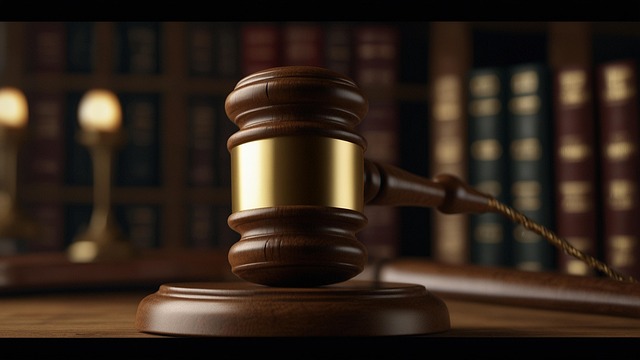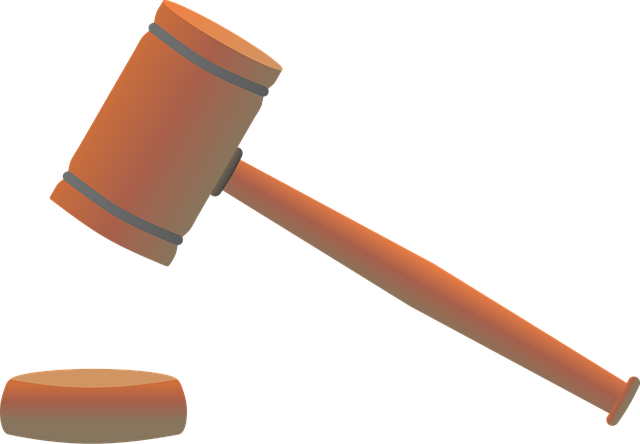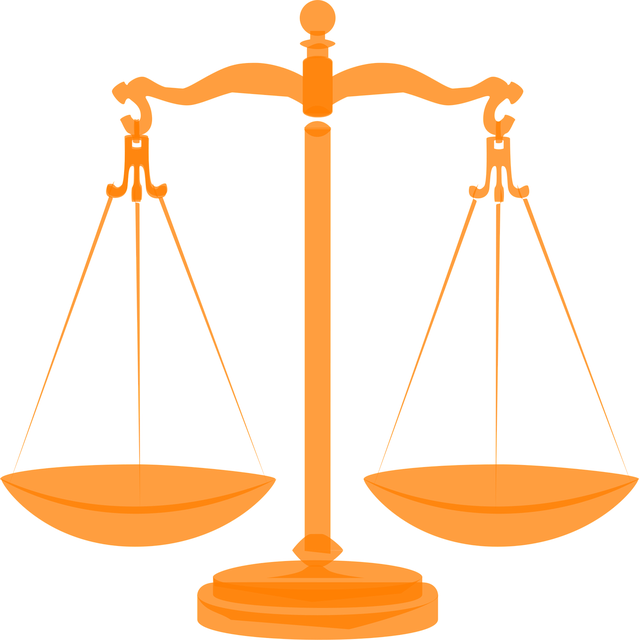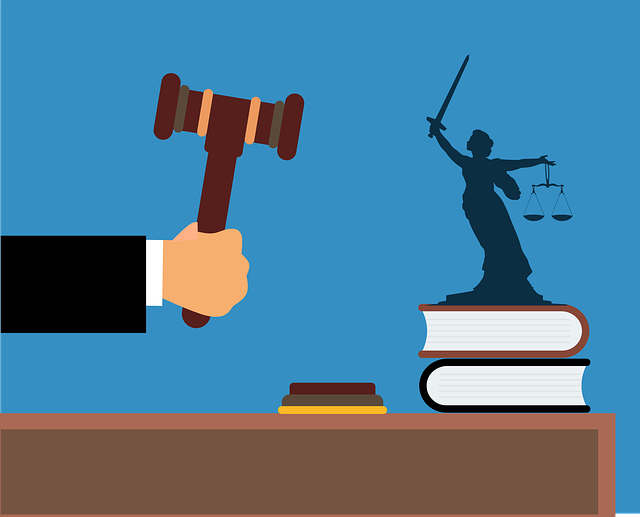Consumer protection laws shield individuals from unfair business practices and ensure accurate product/advertising information. In personal injury cases, especially product liability or deceptive marketing, these laws are crucial. Calculating damages involves assessing economic and non-economic losses like pain and suffering, requiring meticulous documentation and expert testimony. Legal professionals guide clients through violations identification, evidence gathering, complex damage calculations, and litigation, aiming for restitution, injunctions, or penalties to restore marketplace fairness. Proving liability establishes the link between harm and defendant actions, with strategies including expert testimony and detailed records. Damage calculation considers medical expenses, lost wages, pain and suffering, direct/indirect losses, and mitigators like community support in high-stakes white collar crimes.
Consumer protection suits play a vital role in ensuring businesses uphold ethical standards, safeguarding consumers from harmful practices. This article guides you through the intricate process, beginning with an overview of consumer protection laws and their significance. We delve into initiating legal action, establishing liability, and the crucial step of calculating damages, especially in personal injury cases. Understanding these elements is essential for both consumers seeking justice and businesses striving to adhere to regulations, ensuring a fair and safe market environment. Learn about navigating these suits and the various forms of compensation available through ‘Calculating Damages in Personal Injury Cases’.
- Understanding Consumer Protection Laws
- Initiating a Consumer Protection Suit
- Proving Liability and Calculating Compensatory Damages
- Types of Damages in Personal Injury Cases
Understanding Consumer Protection Laws

Consumer protection laws are designed to safeguard individuals from unfair business practices and ensure they receive accurate information when making purchases. These regulations cover a wide range of issues, including product safety, advertising truthfulness, and privacy rights. Understanding these laws is crucial for both consumers and businesses alike. For his clients involved in personal injury cases, especially those linked to product liability or deceptive marketing, knowing their rights under consumer protection legislation can be invaluable.
When it comes to calculating damages in such cases, the focus often shifts to assessing the extent of harm suffered by the consumer. This includes both economic losses, like medical expenses and property damage, as well as non-economic damages such as pain and suffering. The complexity lies in quantifying these latter types, which require meticulous documentation and expert testimony. Across the country, general criminal defense attorneys often play a pivotal role in navigating these complexities, ensuring their clients receive fair compensation for their troubles.
Initiating a Consumer Protection Suit

Initiating a consumer protection suit involves a strategic approach to ensure justice for affected individuals. The first step is identifying potential violations of consumer rights, which can range from unfair business practices to white-collar and economic crimes. Once a violation is suspected, it’s crucial to gather evidence and consult with legal professionals experienced in consumer protection law. This process includes understanding the complexities of calculating damages, particularly in personal injury cases, which are often intertwined with financial losses or emotional distress.
Throughout all stages of the investigative and enforcement process, a robust case strategy is vital. Legal experts can guide clients through each step, from initial complaints to negotiations and, if necessary, litigation. A well-construed argument that highlights the impact of these crimes on individuals and society as a whole can be a powerful tool in securing favorable outcomes. This may include restitution for financial losses, injunctions to stop harmful practices, or penalties for offenders, ultimately fostering a fairer marketplace for consumers.
Proving Liability and Calculating Compensatory Damages

Proving liability is a critical step in consumer protection suits, where plaintiffs must demonstrate that a defendant’s actions or products have caused them harm. This involves presenting compelling evidence to establish a direct causal link between the alleged wrongdoing and the resulting damage. Legal professionals employ various strategies, such as expert witness testimony and detailed documentation of expenses incurred due to the violation. Once liability is established, calculating compensatory damages becomes the next crucial phase.
In personal injury cases, including consumer protection disputes, calculating damages in calculating damages in personal injury cases requires a methodical approach. Plaintiffs’ attorneys must assess the scope of losses, which can include medical expenses, lost wages, and non-economic damages like pain and suffering. The complexity of these calculations may vary, especially when dealing with unique circumstances or products with an unprecedented track record. However, experienced legal teams are adept at navigating these challenges, ensuring that clients receive fair compensation for their respective business interests and rights.
Types of Damages in Personal Injury Cases

In personal injury cases, calculating damages involves assessing various types of losses incurred by the victim. These can include medical expenses, both current and future, to cover ongoing treatments or potential long-term care needs. Additionally, non-economic damages such as pain and suffering, emotional distress, and loss of quality of life are also taken into account. These aspects are often more subjective and require expert testimony to quantify.
When dealing with high-stakes cases, especially those involving white collar and economic crimes, the calculation becomes more complex. Legal professionals must consider not only direct losses but also indirect or consequential damages. This might include lost wages, loss of career opportunities, and even impacts on the victim’s family or social life. In some instances, philanthropic and political communities may play a role in mitigating damages, offering support networks or advocacy for victims, which can further influence the overall compensation package.
Consumer protection suits play a vital role in ensuring businesses hold up their end, providing a safety net for consumers. By understanding the laws and knowing how to initiate a suit, individuals can protect themselves and seek justice. When navigating these cases, proving liability and calculating damages, especially in personal injury scenarios, is crucial. With the right approach, consumers can achieve compensation for their losses, ensuring they are not left with unwanted financial burdens. Remember, when it comes to Calculating Damages in Personal Injury Cases, knowledge is power.






